Hello, fantastic plant parents!
We are going to share the care guide of Alocasia Longiloba, another astonishing Aroid. Alocasia Longiloba is a tropical, tuberous flowering plant, another astonishing member of the Araceae family, to give a tropical feel to a garden, patio or indoors. Longiloba, also known as Elephant ear, features callosal leaves but exhibits the same decorative charm as Jewel Alocasias. Some former Alocasia species featuring huge arrow-shaped, bluish-green foliage with silver margins and veining are now subsumed into the Alocasia Longiloba specie. They are now considered Longilobe types or varieties such as Alocasia lowii ‘Grandis’, Longiloba Jackrabbit, Alocasia lowii ‘Veitchii’, Alocasia Watsoniania and Longiloba Silver are a few popular ones. Interestingly, you will find several Alocasias varying in sizes, leaf shapes, colour and venation under the Longiloba name.
Allied Species: Alocasia Macrorrhiza Variegata, Alocasia Sarian, Alocasia Pink Dragon, Alocasia Cucullata, Alocasia Silver Dragon, Alocasia Stingray, Alocasia Regal Shields, Alocasia Nebula, Alocasia Maharani, Alocasia Jacklyn, Alocasia Zebrina.
Alocasia Longiloba has lovely massive, slender, arrow-shaped leaves of bluish-green colour with contrasting purple undersides, siting on mottled brown petioles. The leaves feature silver midrib and primary veining with blade margins that enhance the plant’s beauty. Native to China and East Asia, it’s a must-have plant for Aroids lovers.
Longiloba can grow indoors and outdoors in full sun but thrives in a partly shaded spot. Longiloba thrives best in tropical and subtropical climates. They make good indoor plants but need bright light, and regular misting is a must for these plants.
Essential Products
Habitat & Ecology
In the early-mid 1800s, the Alocasia Longiloba was enlisted by Friedrich Anton Wilhelm Miquel in South-East Asia ( Philippine). Due to the prominent, elongated lobed ‘V’ shape of mature leaves, he named them Longilobus- a combination of Latin words longus meaning “long” and lobus meaning “a rounded projection” illustrating the leaf shape.
Moreover, in the early 19th century, another Longiloba, ‘Alocasia lowii,’ was first documented by William Jackson Hooker. Alocasia Lowii was acknowledged as a different specie for many years, primarily due to the varying leaf size compared to the Alocasia Longiloba. Later several morphological studies revealed that Alocasia Lowii is, in fact, the Alocasia Longiloba, and the varying leaf size is due to different growing conditions.
Alocasia longiloba belongs to the Araceae family endemic to China (S. Yunnan, Guangdong) ,W. & Central Malaysia.
| Botanical Name: | Alocasia Longiloba |
| Family Name: | Araceae |
| Common names: | Alocasia Longiloba, Elephant ear,Tiger Taro |
| Origin | Souteast Asia – Indochina, southwest China, Peninsular Malaysia, Singapore |
| Variants | Longiloba Grandis, Longiloba Silver, Longiloba Veitchii, Longiloba Watsoniana |
| Plant Size | 50 cm to 1 m (1-3 feet), similar spread wide |
| Temperature | 60-82F |
| Humidity | 50- 60% |
| Light Need | Bright indirect sunlight- Partial shade to full sun |
| Soil Type | Moist but well-Drained |
| Plant Type | Rhizomatous or tuberous perennials |
| Flower Inflorescence | Insignificant Green and White inflorescence followed by orange-red fruits |
| Propagation | Basal Offset Division, stem or tuber cutting, Corms |
| Pest and diseases | Spider mites, Aphids, Scale |
| Diseases | Root rot, |
Varieties of Alocasia Longiloba
Some popular Longiloba varieties are as follows;
Alocasia Longiloba ‘Grandis’
This variety of Longiloba was formerly a separate specie and was known as Alocasia Lowii ‘Grandis’. However, in recent years it was susumed to Alocasia longiloba, along with few other species (including Alocasia lowii ‘Veitchii’ and Alocasia Watsoniania). Now they all go by the Longiloba name and are considered varieties of Longiloba.
Alocasia Longiloba ‘Grandis’ foliage differs from the original Alocasia Longiloba’s long arrowhead leaves. Longiloba Grandis leaves are much rounder and exhibit glossy, deep green color with contrasting white veining. The heart-shaped foliage with purple eggplant undersides makes this plant an excellent substitute for Jewel Alocasias.
Alocasia Longiloba ‘Veitchii’
It was formerly known as Alocasia Lowii ‘Veitchii’ but was recently reclassified as an Alocasia Longiloba. Therefore, the full name is Alocasia Longiloba ‘Veitchii’, also known as Alocasia Lngiloba var. Veitchii ‘Argentea’.
The foliage of Longiloba Veitchii differs from the original Longiloba as it exhibits more silver veining. It features large arrow-shaped leaves, around 1 to 1 1/2 feet long when it matures. The front of the leaves features bluish green colour with contrasting silver-grey midrib and venation.
Alocasia Watsoniana
Alocasia Longiloba Watsoniana was formerly a separate specie published as Alocasia Longiloba Miq. But botanists have recently grouped this plant as part of the Alocasia Longiloba, now known as Alocasia Longiloba ‘Watsoniana’, another variety of the Longiloba species.
Watsoniana sagittate foliage differs from the original Longiloba because it features more rounded leaves with more significant silver veining but not as much as Alocasia Longiloba ‘Veitchii’ leaves. Leaf blades are glossy dark green and puckered in a unique circular manner between the prominent silvery veins and around the V-shaped area of the leaf point of attachment to the petiole.
Although this plant can grow three feet tall, its leaves can grow around two feet long. Alocasia Watsoniana is one of the small growers of Longiloba species and is considered as Jewel Alocasia by many plant parents. However, it is not so diminutive and can get large enough to be thought of as an “elephant ear” (EE),
For years, Alocasia Watsoniana was somewhat rare and owned by private collections, but in the recent past, this plant has become more widely available thanks to tissue culture (TC).
How do you take care of Alocasia Longiloba?
Alocasia Longiloba loves to grow in warm and humid places. If the plant’s surroundings are too dry and there is no air circulation, it will likely be subject to many diseases. Speaking about the growing medium, they prefer moist and well-draining soil. This exquisite beauty requires regular watering, but overwatering can harm it gravely.
Have you taken this loveliness home and are looking for a comprehensive care guide? You are at the right place, as in this article, we have shared a complete care routine for Alocasia Longiloba.

Growth
Talking about the height of this plant, it can reach up to 1.5 meters with a rhizomatous stem that is 60cm long. The leaves can grow 7 to 40cm wide. In optimal conditions some varieties of Longiloba can grow long, narrow leaves 2 to 3-feet long and typically only 12 to 15” wide. It’s worth noting that it actively grows in summers when the temperature is warmer. The plant has insignificant white-creamy and green flowers refer as inflorescence which produce bright orange fruits when pollinated. However, Longiloba is prized for glossy, dark green foliage and prominent, silvery white venation.
Foliage
The front side of the leaves facing the sun is green and muted green, and the leaves’ undersides exhibit a brownish colour as they mature. But the younger leaves, when they come out, are very green on the sun-facing side, and the back side of the leaf is a really vivid purple. So, I think the plant looks remarkable whether it’s mature or young because you’ve got a combination of purple and then this rich kind of brownish burgundy colour on the older leaves. Plants exposed to sunlight for a few hours a day grow larger leaves than those grown indoors.
Moreover, when the plant matures, the silver linings become more apparent. This elephant ear can grow up to three feet indoors and love to nurture fast in warm months. The growth slows down when the temperature drops. Therefore, if you want your plant to be healthy and fast-growing, keep it in warm areas.

Initial Care at Home
Like its counterparts, the Alocasia Longiloba also doesn’t like direct sunlight, so when you bring it home, place it in an area where it receives bright but indirect light. Shower your plant to remove any dust or potential pests.
Quarantine it for two to three weeks to ensure no pest infestation or diseases. Thoroughly inspect the foliage before introducing it to other plants in your collection. Please don’t rush repotting your Longiloba unless necessary, and let it acclimate to its new environment.

Watering
Like its other family members, Alocasia Longiloba is not drought tolerant and needs frequent watering to stay moist. As we know, this plant prefers well-draining and moist soil; hence, watering once a week usually works for this plant. First, ensure the soil moisture by using your fingers to feel the soil’s dryness or a moisture meter before watering your plant. Longiloba doesn’t like to sit in soggy soil, and overwatering may cause root rot, a deadly disease.
When you water Alocasia Longiloba, start at the top and pour down to the bottom so that every inch of the plant receives moisture. When you notice the leaves have begun wilting, it is time to water your plant.
Longiloba, when grown outside in tropical or subtropical areas, you might need to water them daily depending on the weather conditions. In winter, water frequency declines; you should only water it when the upper two inches of soil are dry. But make sure your plant doesn’t get dehydrated as it is intolerant to dry conditions, and extended periods of dryness may cause the leaves to turn brown and leaf drop.

Light Need
Alocasia Longiloba loves bright, indirect sunlight that results in its healthy growth. In addition, keeping it directly in the morning or evening sun proliferates its foliage development, resulting in colossal Elephant ear leaves. Longiloba especially lives for light and grown outside in tropical regions tend to grow long extended leaves compared to those placed in shady spots.
Please remember not to allow your plant to sit in direct sun for extended periods as it will scorch the leaves. Place Alocasia Longiloba in the room where it gets maximum indirect light, like a south-facing window. Also, ensure sufficient space for its growth and regularly wipe the leaves to eliminate dust to enhance its light-capturing efficiency.
Alocasia Longiloba may stress out and will drop leaves without ample sunlight. Moreover, the plant may produce smaller leaves and go dormant under low light conditions. If you don’t have bright spots, using grow light would benefit this plant by gaining the required light.

Humidity and Temperature
Being native to tropical and subtropical regions, Alocasia Longiloba needs a humid environment to flourish. Logniloba enjoys frequent misting and moist soil. This plant is prone to pest attacks if the soil is too dry. If your home environment doesn’t have enough humidity for Longiloba, placing a humidifier, grouping your plants, or placing a pebble tray near the plant will elevate the humidity in the surrounding.
Moreover, you can place Longiloba in more humid areas of your house, such as the bathroom and kitchen, where it receives high humidity and light. The perfect humidity level for this plant is 50% to 60%.
Alocasia Longiloba prefers warm temperatures and is not frost tolerant. This plant cannot thrive in a cold environment and may result in leaf loss. When the temperature drops, the Longiloba plant may stop its growth. That’s why a consistent warm room temperature is necessary for its progress. The ideal temperature range is 60 degrees Fahrenheit to 82 degrees Fahrenheit.
In addition, keep the plant away from AC vents, heaters and frosty windows as it is not tolerant to abrupt temperature variations. When the temperature drops, it is a good idea to bring the plant inside to continue as a houseplant.

Soil
Alocasia Longiloba requires soil that can retain moisture and drain excessive water. A well-aerated soil is vital for Alocasias to avoid diseases like root rot. To attain desired results in the soil, we recommend making a potting mix with plenty of organic matter.
Recipe
To prepare a potting mix, you will need all main ingredients in equal amounts.
Above mentioned components are the main ingredients of a potting mix, and if you want to go a little extra, you can add the following.
We highly recommend checking the following ready-made potting mix;
Related Products
Products | Name | Check Price |
Organic Perlite for Plants | ||
WONDER SOIL Organic | ||
Orchid Potting Bark Mulch |

Repotting
Alocasia Longiloba likes a bit root bound, which is why it doesn’t need frequent repotting. This plant needs to be repotted every two to three years when it outgrows the pot. Look for any signs of root bound such as roots peeking through drainage holes or plant needs frequent watering, then it’s time to repot your Alocasia Longiloba.
Take a pot at least one size bigger ( one to two inches larger) than the current one with drainage holes. Now carefully uproot the plant and inspect the roots before repotting it in a new container. If your pot is placed in a shaded location, add a thin layer of grit to the bottom of the container to improve drainage.

Propagation
The propagation of Alocasia plants is not very challenging and is recommended during the spring or Summer when the plant is in active growth mode. There are many methods to propagate Longiloba, such as through seeds, corms and tuber cuts, but we recommend the offset division method. Water the soil 24 hours before propagating to reduce transplant shock.
Propagation By Basal Offsets Division
Follow the step-by-step guide.
Some Longiloba Alocasias send out shoots or runners a foot away from the mother plant when grown outside in a garden. A foot away from the plant new little baby would pop up. To take that division, you can break it off by a gentle pull and a gentle tease. Later you can plant that division in a well-draining potting mix.
Longiloba can also be propagated through seeds that the inflorescences produced when pollinated but its a time taking propagation method.

Fertilizer
Most potting soils have abundant nutrients required for plant health and development. After a while, the nutrients start to deplete, and the plant needs fertilizer. Longiloba appreciates feeding every two weeks during the growing season. Use any balanced liquid fertilizer with half the strength to feed your plant. Always pre-water the soil before applying fertilizer to prevent root burn. During winter, the plant goes dormant and doesn’t need fertilizer.
Moreover, feeding granular slow-release fertilizer once a month also benefits the plant. It releases nutrients slowly when the plant is watered and lessen the chances of foliage and root burn.
Unwanted salt residues can build up over time due to fertilization. It is a good practice to flush out excessive fertilizer every few months by flushing your plant’s soil thoroughly.

Maintenance and Pruning
Regular pruning is required for Alocasia Longiloba’s fast progression. It will benefit the plant if you prune the yellow and dead leaves to encourage better plant growth. While trimming, always use gloves and clean scissors, as gloves will protect your hands from toxins, and clean scissors will reduce the chances of spreading fungal and bacterial diseases.
Moreover, wiping the leaves every other week will reduce the likelihood of pore blockage, and the plant will continue to photosynthesize efficiently. This will also allow you to inspect the leaves for any pest attack and keep you on top to catch pests.

Toxicity
All members of Alocasia contain a toxic substance called calcium oxalate crystals. Alocasia Longiloba is not an exception as it also possesses the same crystals. It can be dangerous for pets and humans if eaten, which can cause vomiting, nausea, and loss of appetite. Therefore, keeping the kids and pets away from this plant is essential. In case of ingestion, immediately consult the doctor.

Pests, Diseases & Common Problems
Pests
Pests attack is another concern of Alocasia longiloba’s parents. Spider mites, mealy bugs, scales and aphids are the common pests that infest the plant.
Spider Mites: Spider mites grow in dry and hot conditions. Always keep a check on the moisture and humidity levels of the plant. If you notice a spider mite attack, wash the leaves with a Neem oil solution by mixing 5ml Neem oil two to three drops of liquid soap with one liter water. Thoroughly spray the foliage with this solution and rinse the plant after 30 to 40 minutes and continue this every 3 to 4 days until get rid of all the pests.
Diseases
Alocasia Longiloba isn’t immune to ailments and might get caught by multiple diseases if not looked after properly. The most common disease that is found in this plant is root rot.
Root Rot: This disease is caused by overwatering. The plant strives in dense and wet soil without a proper draining system , leading to tuber and root rot under the soil. Well draining potting mix and pot with drainage holes let the aeration to roots and lessen the chances of root rot. Trimming the affected roots and repotting your plant in a new pot with fresh soil may save the plant.
Common Problems
The common problems associated with Alocasia Longiloba are
Dropping Leaves: The Alocasia plant may drop leaves if you bring them home from the nursery. The environment of the greenhouses is hot and humid, which is ideal for such plants, but when you bring it home to a changed atmosphere, it can go into stress and start dropping leaves to preserve resources. This condition will go away when the plant adjusts to the new environment.
Floppy Leaves: Yellowing leaves are a typical issue with Alocasias, which is caused by overwatering, but unlike other Alocasia species, yellow leaves in Longiloba don’t always mean there is an issue. The plant holds a few leaves at a time, and when producing new leaves, it sheds old ones.
Foliage Burn: A Longiloba can’t stand direct sun except in the late evenings and early mornings. The plant can get damaged if exposed to direct sun for too long. It is preferred to keep it in indirect light.

Frequently Asked Questions
How to take care of Alocasia Longiloba?
Alocasia Longiloba stays happy in warm and humid conditions. Plant your Longiloba in well-drained and aerated soil. Water regularly once the top two inches of soil dries out and keep it in a bright spot where it can receive morning and evening sunlight.
Can I water Alocasia every day?
Well, it depends on several factors, such as the climate, light, and potting mix in which the plant is placed. Always check the soil moisture before watering your plant. If the temperature is high and your plant is outside in a garden, frequent watering can help avoid dehydration. Otherwise, giving water to the plants once a week for indoor plants is enough during the growing season. However, cut down the watering for winter when the plant is dormant.
How to encourage the growth of Alocasia?
If the Alocasia plant gets enough light, it can grow fast. Usually, six to eight hours a day, indirect light is required by the plant. Light not only encourages growth but also makes the leaves bolder.
Does Alocasia need misting?
Yes, Alocasia plants love misting when there isn’t enough humidity in the atmosphere. Misting helps keep the soil and leaves of the plants moist but be careful not to overdo it; otherwise, it can harm the plant.

Final Words
Alocasia Longiloba is a tropical plant that has decorative foliage exhibiting glossy, dark green foliage with prominent, silvery green veins. This attractive plant is a true collector’s gem. They are best in tropical climates but can also do well in warm areas.
Alocasia Longiloba can make an excellent indoor plant if provide the optimal sunlight, temperature, and humidity. Due to its remarkable appearance, it is loved by plant parents and used as an ornamental plant.
We hope that this article provides all the required info about the beautiful and rare Alocasia Longiloba.
Related Posts
Philodendron Melanochrysum Care & Growing Guide
Philodendron ‘Splendid’ is a stunning hybrid of two stunning species of the Araceae family: Philodendron Melanochrysum and Verrucosum.
Philodendron Burle Marx Care & Propagation Guide
The most notable feature of the Philodendron Burle Marx is its large, glossy leaves, which come in heart-shaped or arrow-shaped variations.
Philodendron Scandens-“Sweetheart Plant” Easy Care Tips
Philodendron Scandens, often called the “Heartleaf Philodendron” or the “Sweetheart Plant” is a classic and most loved trailing houseplant.
Philodendron Erubescens ‘Imperial Red’ Care Tips
The Imperial Red Philodendron is easy to grow and can thrive well with little care and attention. Botanically known as Philodendron Erubescens.
Philodendron Ring of Fire Care & Growing Tips
Philodendron Ring of Fire is a striking plant known for its vibrant foliage and is believed a hybrid of Philodendron Wendlandii and P.Tortum.

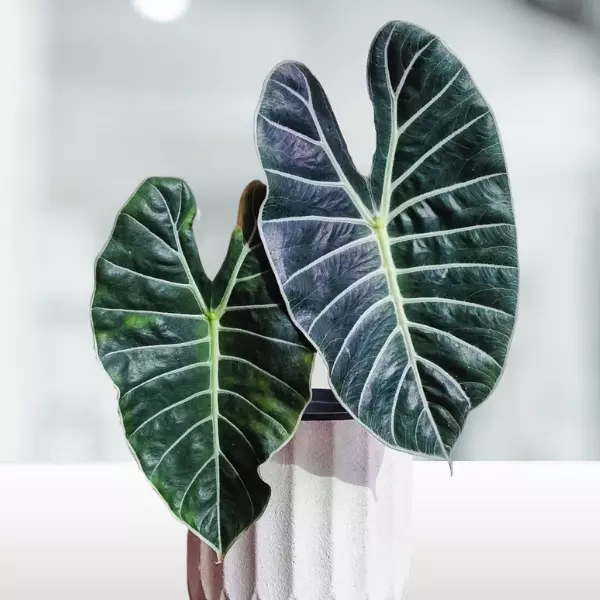




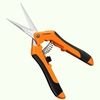


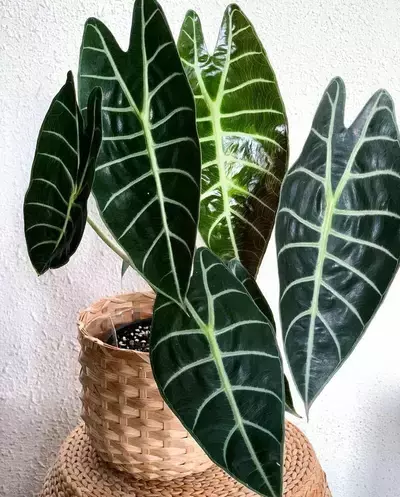
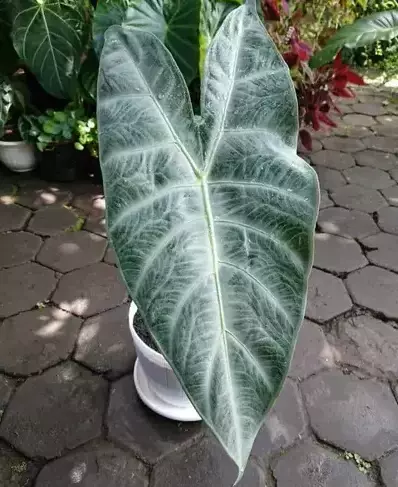
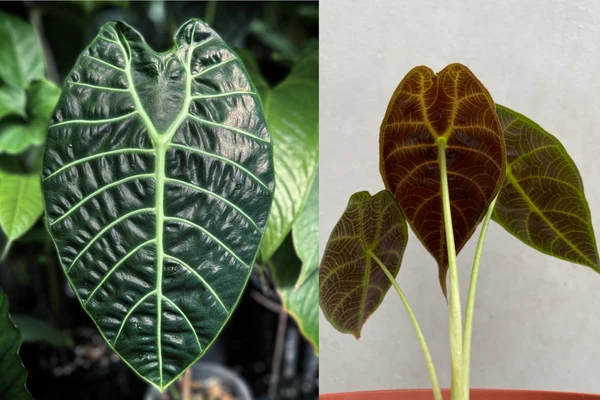
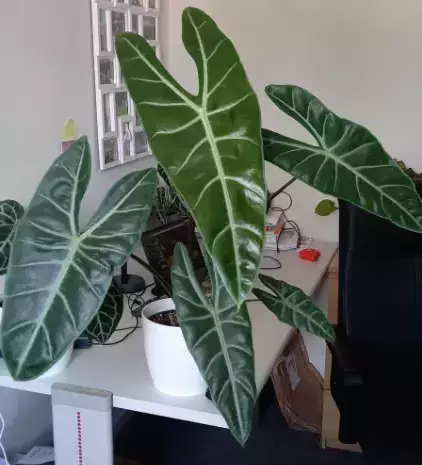


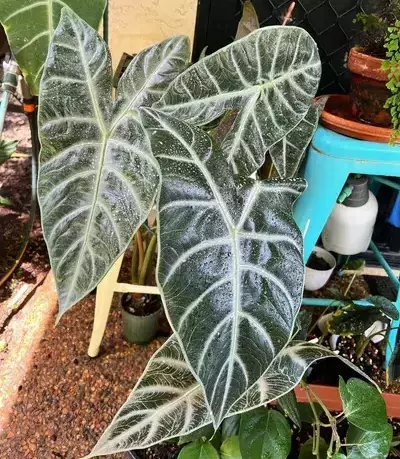
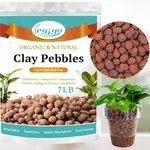
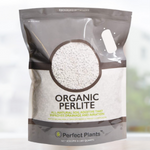

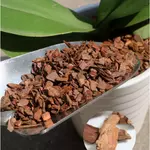
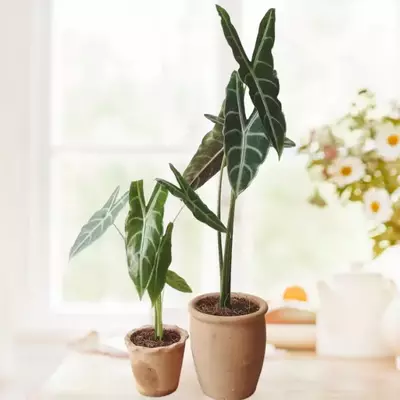
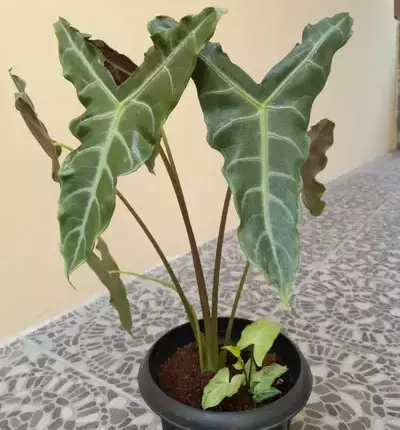
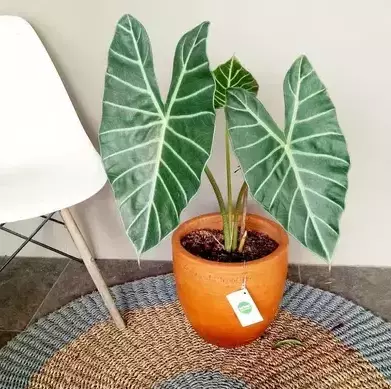
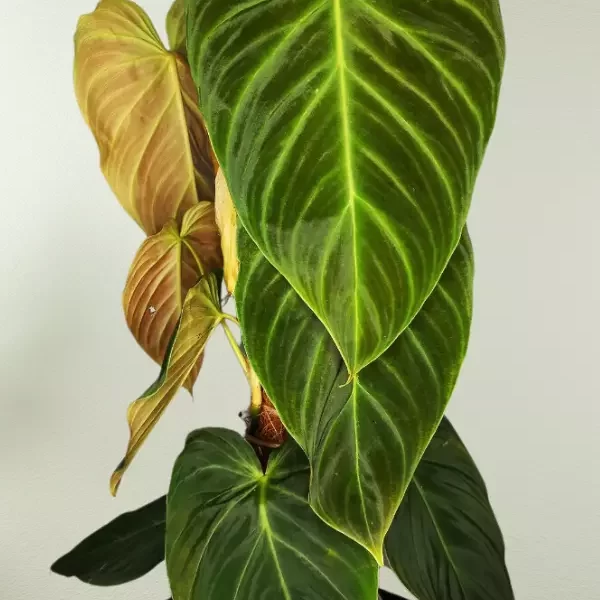

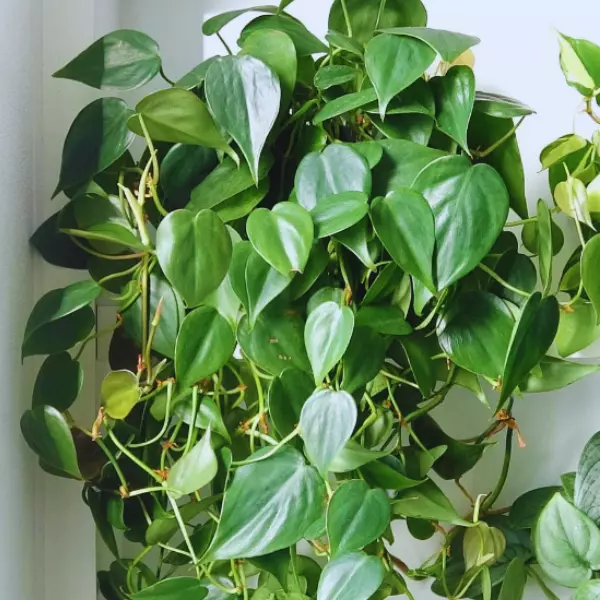
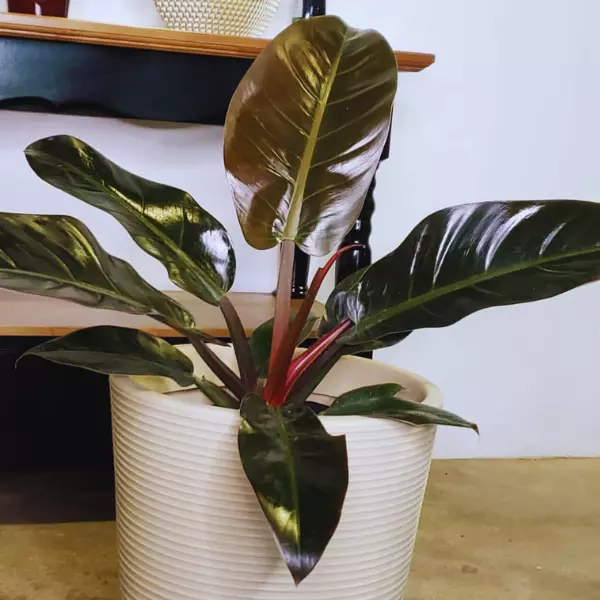

I always was interested in this topic and stock still am, thankyou for posting.